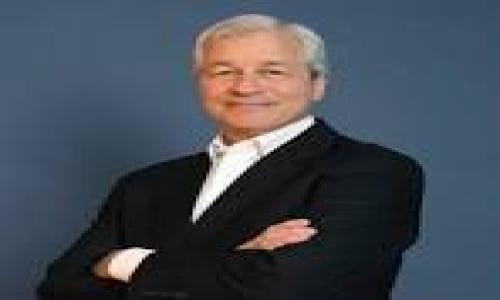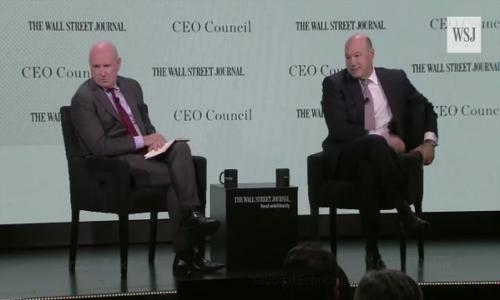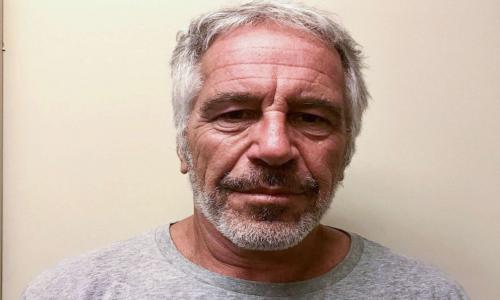The economy seems to be heating up a bit but savings rates continue to march lower, weighed down by the Fed policy of keeping the Federal Funds Rate pegged at 0 - .25%. In the previous week, average one-year CD Rates dipped from 0.364% to 0.361% APY. Three year average CD rates dropped from 0.722% to 0.720% APY. Five year average CDs dropped to from 1.060% to 1.058% APY. Online savings rates after holding steady for the past four weeks dipped slightly from 0.705% to 0.702% APY. Overall, the gradual, relentless drop in bank deposit rates continues.
While the averages have continues to drop, the top rates stayed steady despite several banks dropping.
- Online Savings: AmTrust Direct retains the top spot at 1.05% APY.
- 1 Year CD: Two banks retain the top spot at 1.05% APY.
- 3 Year CD: CIT Bank, and Barclays Bank Delaware offer a 1.35% APY. Navy Federal Credit Union cuts its rate from 1.35% APY to 1.25% APY while Nationwide bank but from 1.35% to 1.26% APY.
- 5 Year CD: Barclays Bank Delaware, and CIT Bank offer 1.75% APY. Nationwide Bank cut its rate from 1.75% APY to 1.65% APY.
- Rewards Checking: Hope Credit Union and Money One Federal Credit Union both have the top rewards checking rate of 3.01% APY for balances up to $10,000. Both credit unions are open to members from across the country.
Local banks and credit unions often offer better rates (especially for CDs).
Check local CD rates in your area.
The chart below shows the trend in average rates since October 2012.

The difference in the rate of decline between online savings and CD rates can be viewed on the chart below, which shows the spread between online savings account rates and 12 month CDs. On average, online savings account rates pay 0.341 percentage points more than 1 year CDs, up from 0.23 percentage points more at the beginning of last year and approaching the spread's high of 0.344 percentage points in late January.

General rate environment
Last week the April leading indicators numbers came out and they were better than expected. This suggests that the economy will acclerate in the next 3-6 months. Housing the stock market continue to gain steam, improving consumer sentiment and putting more equity into people's pockets. Following up on reports from two weeks ago about better than expected retail sales and payroll growth, the economy seems to have hit a growth spurt. It will be interesting to see if the economy can maintain this momentum but the leading index numbers bode well.
Ben Bernanke gave an interesting speach over the weekend where he discussed how innovation is often underestimated as a factor in economic growth. “Pessimists may be paying too little attention to the strength of the underlying economic and social forces that generate innovation in the modern world,” Bernanke said in a speech at Great Barrington, Massachusetts. “Both humanity’s capacity to innovate and the incentives to innovate are greater today than at any other time in history.” Which brings me to another story that is bubbling away. While it has attracted attention, I don't think it has garnered as much coverage as it deserves. We are in the midst of an energy shift. New technology (innovation) is increasing the amount of recoverable oil and gas. At the same time, energy consumption in the United States has been declining due to efficiency programs. Added to that, the amount of renewable energy produced has doubled over the past four years. In a recent KPMG study, 62 percent of energy executives believe that the U.S. will achieve energy independence by 2030. That's not to say our energy market won't still be integrated into world prices, but the U.S. may become a net exporter of energy as consumption continues to decline, renewables increase, and extraction and increases.
The benefit: lower energy prices, more energy security, and more jobs in energy and manufacturing. The downside: greenhouse gas emmissions will only be going up as countries like China and India consume what we save.
The financial crisis was partially triggered when oil prices soared above $130 a barrel in 2008. The recovery will be given more momentum as energy markets change and prices stabilize and come down.
What does this have to do with bank rates? Lower energy prices, more jobs, a faster growing economy will drive employment and until employment reaches 6.5% the Fed is not going to budge on the Federal Funds rate, which as I mentioned is the anchor keeping bank rates low.
My outlook: Savings rates will continue to drift lower for the next 8-14 months before beginning to move higher. How high and how fast they move will depend on the level of local, state, and federal taxes and cuts; the continuation of a recent economic uptick; technological advances; and the ability of Europe to put its woes behind it and resolve its fiscal problems.
Savings Accounts or CDs?
The data continues to show that opening a savings account is a better bet than a 1-3 year term CD and I expect this to hold through 2013. Online savings accounts have held the line over the past year while CD rates continue to fall. As the chart shows, the premium for opening a longer-term CD has eroded significantly and continuously over the past year. While the premium for opening a 5 year CD over a 1 year CD was 1 percentage point in October 2011, it now stands at .697 percentage points. The CD yield curve has flattened considerably over the past 24 months.
Is it worth it to go long and open a 5 year? If you don't need the money, it's probably okay. Rates may begin to rise in the next year but they probably won't shoot up. Inflation looks to remain tame. There is also the chance that we go Japanese and rates continue to decline, bottom out, and stay low for the next 5-10 years. In that case, a 5-year CD today would look good. I don't expect that to happen, but it could.
For money you want to keep liquid, go with online savings accounts. They offer better rates than 1-3 year CDs and athough several banks have dropped rates in the past month, they have still offered decent rate stability over the past year and a half.
If you want to take advantage of the higher rates on longer-term CDs, look to open them at local community banks. BestCashCow research has shown that community banks and credit unions offer the most competitive rates on longer-maturity CDs. Otherwise, you'd be better off keeping your money liquid in an online savings account.
I believe this is the best and easiest strategy for keeping your cash liquid and maximizing your savings over the next year.

Make the best of a tough savings situation in 2013
Yields may be low in 2013 but a savvy saver can boost the return with no increase in rate by rate shopping. By shopping around, a saver can earn an extra half to full percentage point. On $100,000, that's $1,000 in extra cash per year. Remember, even in today's environment, there is competition for your cash.
Get Our Weekly Rate Update E-mail Newsletter
If you haven't already, sign up for the BestCashCow Weekly Rate Update Newsletter and get the best rates from your state or from around the country delivered right to your email box. It's free and takes 30 seconds to do. Sign up.











Comments
Sol
May 22, 2013
Bernanke testified to Congress. In it he stays the course on low rates. He also mentions that one downside of low rates has been a loss of income for savers.
http://www.bloomberg.com/news/2013-05-22/bernanke-says-premature-fed-tightening-would-endanger-recovery.html
Is this review helpful? Yes:1 / No: 1
Add your Comment
or use your BestCashCow account